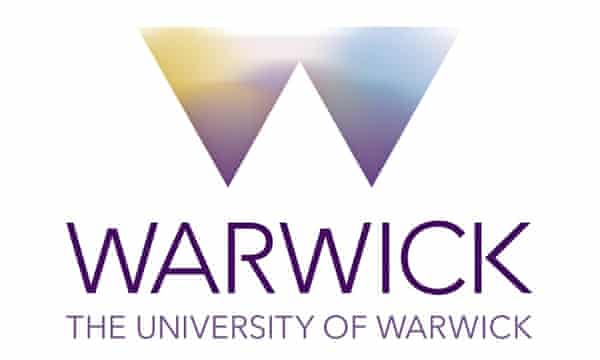Researchers shed light through use X-rays to reveal ancient secrets this National Dinosaur Day
Researchers are shedding light on our ancient prehistoric world using state-of-the art X-ray technology. This World Dinosaur Day, scientists are revealing the hidden bones of the Harbury Ichthyosaur – providing clues to dinosaur anatomy, physiology and evolution.
The University of Warwick’s Centre for Imaging, Metrology and Additive Technologies (CiMAT) group has employed its cutting-edge equipment to explore the anatomy and biology of the Harbury Icthyosaur, a large marine reptile which lived on the Earth hundreds of millions of years ago.
Using high-resolution X-ray imaging techniques and 3D reconstruction, researchers can unravel the secrets held within these ancient remains, shedding light on the mysteries of dinosaur physiology and behaviour. In collaboration with palaeontologists across the UK, Dr. Paul Wilson of CiMAT, working with Dr. Ali Wells, a curator at the Herbert Museum, are trying to understand more about this species by improving our understanding of this star specimen.
Paul Wilson, research fellow and X-ray CT instrument scientist at Warwick Manufacturing Group highlights the importance of utilizing this technique, known as X-ray computed tomography, in studying dinosaurs. He says: “X-ray CT allows us to really dive into what lies beneath the surface of prized fossil specimens like this. What would take a skilled museum specialist year of back-breaking work can be effortlessly unveiled and provide palaeontologists and evolutionary biologists the chance to further explore the evolutionary biology of marine reptiles. It’s just like opening a very ancient, heavy birthday present!”
The University of Warwick’s dedication to exploring the world of dinosaurs extends beyond the scientific realm. Through collaborations with local artists, researchers, and museums, the University aims to foster a vibrant and inclusive environment where creativity and curiosity can thrive. Exhibitions, lectures, and workshops held on campus provide a platform for students and the wider community to engage with palaeontology and ignite their passion for the prehistoric world.
With the innovative research conducted at Warwick Manufacturing Group’s Centre for Imaging, Metrology, and Additive Technologies, the University is not only honouring the past but also forging ahead into the future, informing our knowledge by unveiling the secrets of ancient life one scan at a time.
The wider city of Coventry is also caught in the grips of a prehistoric fever. Dippy the Diplodocus takes centre stage at the Herbert Art Gallery & Museum which has become a hub of activity since the the 70-foot-long skeleton arrives as part of it’s UK tour. . The exhibit has drawn visitors from far and wide, captivating both young and old with its immense presence and remarkable history. Dippy, , a plant-eating dinosaur, roamed the Earth over 150 million years ago. Its arrival in Coventry has sparked a renewed interest in these majestic creatures, inviting visitors to delve into the world of palaeontology and ponder the mysteries of our planet’s distant past.
The University of Warwick has also embraced dinosaurs, adorning its campus with awe-inspiring sculptures that capture the imagination. These striking sculptures resemble huge children’s model-making kits and appear clumsy and lovable. Measuring more than eight metres in length, and towering up to seven metres high, the corten steel dinosaurs were Jake and Dinos Chapman’s first large-scale outdoor sculpture project.

